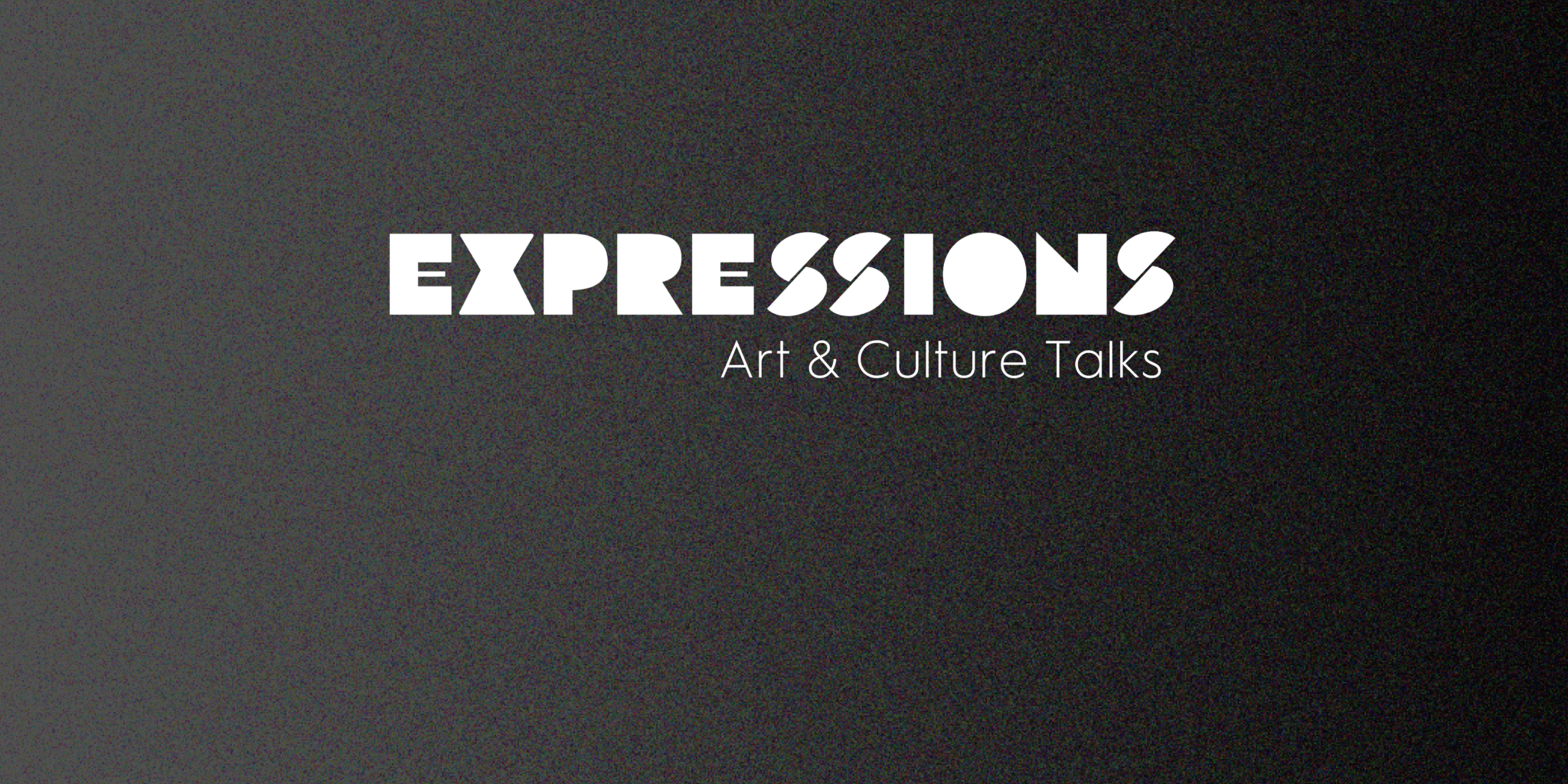Film Chat with Filmmaker Babak Anvari
Middle Eastern media is underrepresented in mainstream media, and only in recent times have Middle Eastern actors, filmmakers, and writers received recognition for their contributions to the industry. However, despite the proliferation of Arab and Middle Eastern films, many of which tackle social and political issues associated with the region, there is a shortage of horror movies. In honor of QAIC’s Arab Film House opening this fall, the QAIC team hosted a private screening Friday, October 29 featuring “Under the Shadow,” an Iranian horror movie by British-Iranian filmmaker Babak Anvari.
To explore this phenomenon in the most recent episode of QAIC’s Expressions Art & Culture Talks series, we sat down with Anvari and spoke to him about creating a horror movie from a Middle Eastern perspective. The horror genre often overlaps science-fiction films and film noir, adding elements of suspense, thrill, and fear of the unknown. Fear can be subjective, and that is typically seen in cultural narratives such as traditional folklores, ancient mythology, or religious elements, some of which have been applied in Anvari’s film.
Many of the things we fear stem from our childhood memories, evoking nightmares, revulsions and terror of the unknown or the morbid. What one culture or region might deem scary another might not. For instance, western horror films might not be scary to a Middle Eastern and vice versa, because their childhoods and upbringings were different. For example, the concept of jinn is present in several Middle Eastern horror films, as there are many narratives and variations of jinn stories in the Arab and Islamic World, unified by their fear of djinn.
Anvari dives into the sources behind his inspiration when creating Under the Shadow. He speaks on his upbringing in Iran, capturing the stories of his youth passed on from one generation to another. Set during the Iran-Iraq war, Anvari transports us to the fears of his childhood and meshes it together with the social fears experienced in 1980’s Iran. The film centers around a mother and daughter struggling to cope with the terrors of the post-revolution, war-torn Tehran of the 1980s, as they deal with a mysterious evil haunting their home. Through his movie, we get a glimpse of what scared Anvari in his childhood and how those memories are shared with other Iranians and Middle Eastern creatives.
“Under the Shadow” is currently available to stream on Netflix for those interested in viewing the film from the comfort of their own homes. You can also view the cinematic trailer here.
To hear more about the role of horror films in Middle Eastern Cinema and Anvari’s work, check out the full discussion below.

